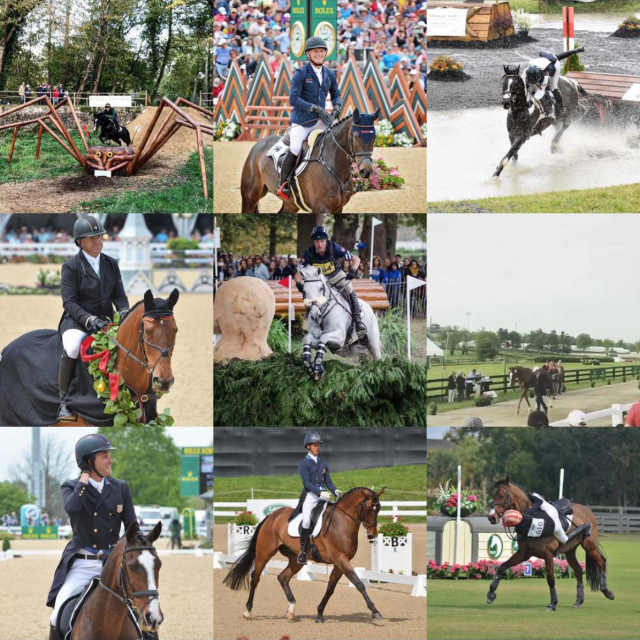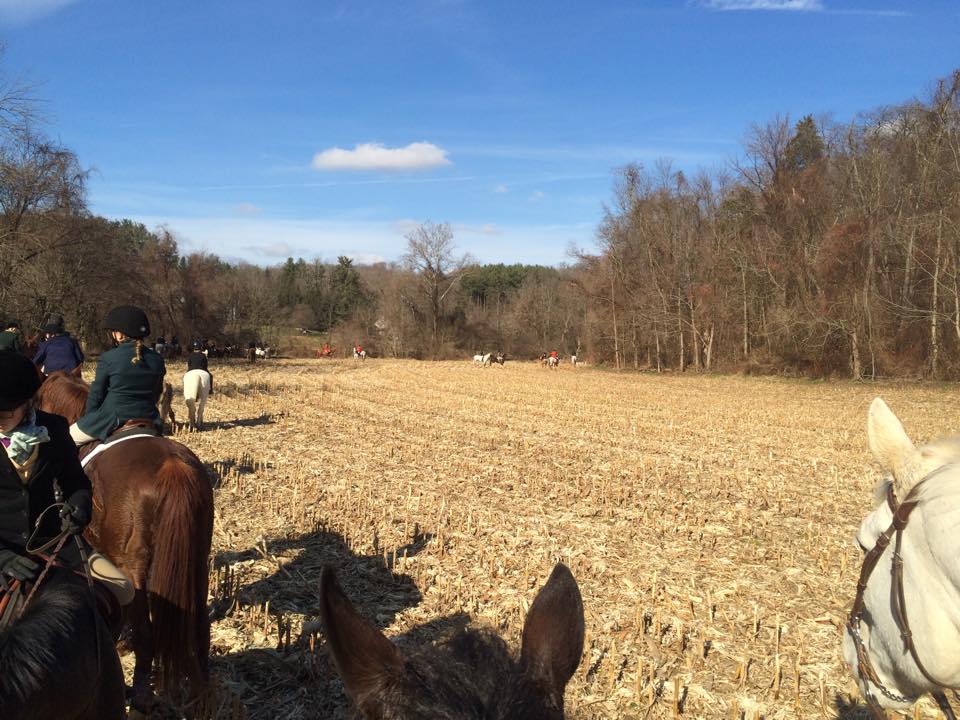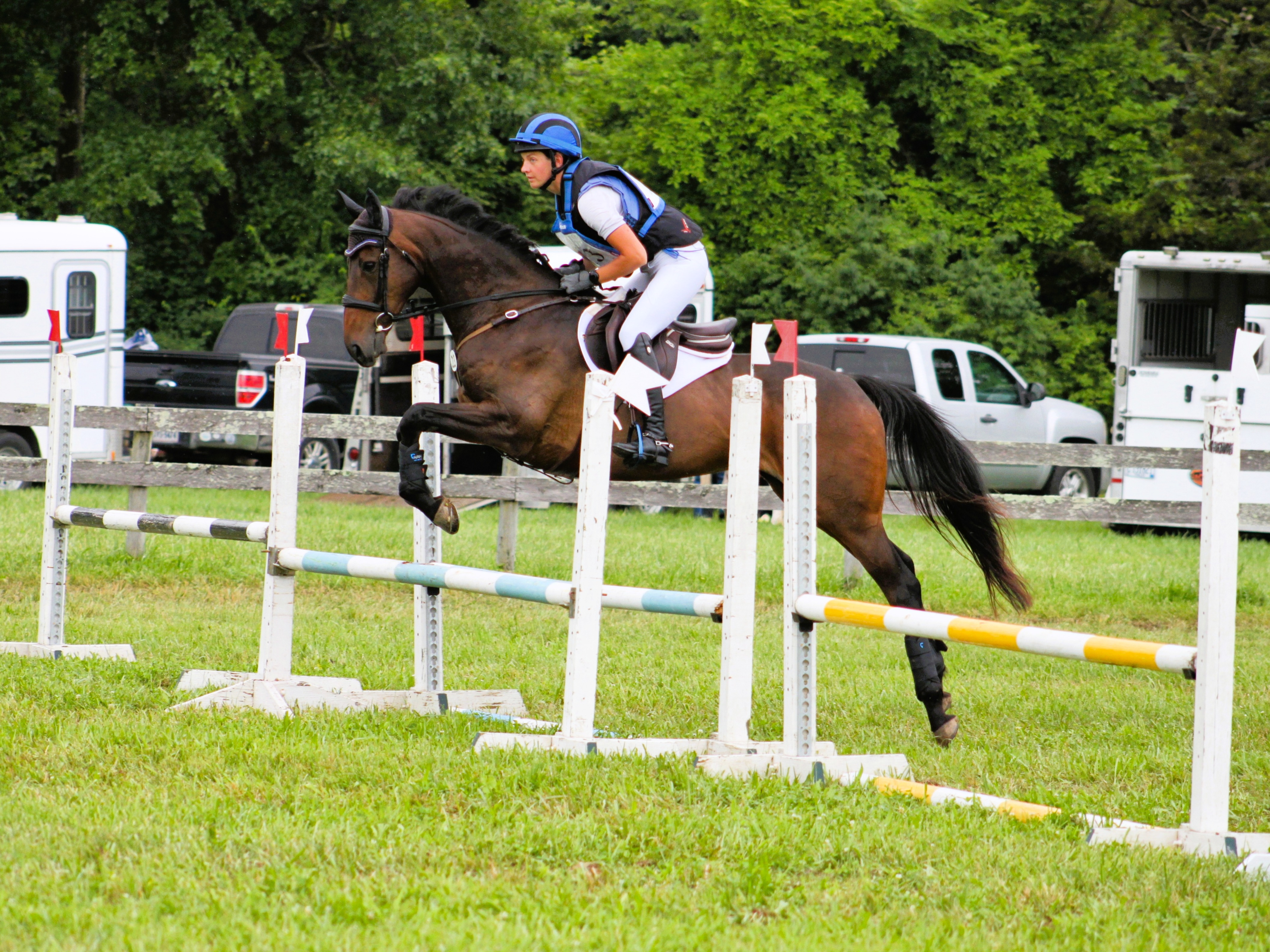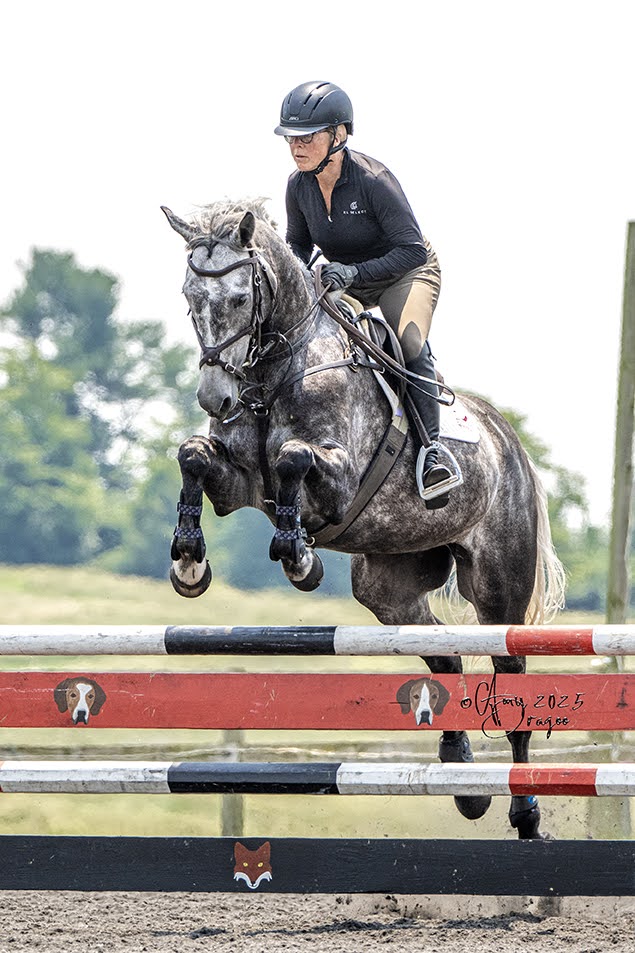Welcome to our Top Five of 2017 series! Like the last two years, this series will highlight the top five horses and riders in each phase at the Advanced, three-star and four-star levels from 2017.
While we often recognize greatness over all three phases in our sport, we should also strive to recognize strength in each phase. This series aims to give that recognition and highlight horses and riders who have had particularly strong years in one phase or another.
Today’s Top Five will highlight the horses that had the five lowest dressage averages in 2017. To be considered for EN’s top five, the horse must have performed at least three dressage tests at these levels. All U.S. horses were considered, regardless of where they are based, as well as all horses who competed at least twice on U.S. soil.
These averages include Advanced scores that have been converted into FEI scores to allow for direct comparison. This will be the last year we do the conversion from USEF to FEI, as next year the FEI scores will lose the coefficient. I’ve included the average in terms of both FEI and USEF scoring, but both scores include all Advanced/3*/4* tests from the year.
As a side note, 17 American horses averaged below the all-important 45.0 mark this year. This is well up from only 9 horses who dropped below 45.0 last year, and surpasses the 15 horses who achieved that mark in 2015.
FIFTH PLACE: Charlie Tango
FEI Average: 42.21
USEF Average: 28.14
Number of Tests: 4
The young Charlie Tango stepped out of the gate in 2017 already above average and managed to steadily drop his score throughout the year across eight starts. Based in California, he and Heather Morris clocked in a 30.0 (USEF), a 46.3 (FEI), and a 30.0 (USEF) in their first three starts of the year at Twin Rivers Advanced, Galway Downs CIC3*, and Woodside Advanced respectively. After knocking out a 27.8 (USEF) at the Copper Meadows Advanced in June, they made the trek to Montana for Charlie Tango’s first CCI3* completion, where he executed a 46.1 (FEI) in the dressage phase.
By fall the horse had found another gear, beginning with a 22.4 (USEF) in the Advanced at Copper Meadows before trekking east for a 25.4 (USEF) at the Stable View Advanced. This pair rounded out their stellar year in the first phase with a 41.9 (FEI) at the Fair Hill CCI3*.
FOURTH PLACE: RF Scandalous
FEI Average: 42.08
USEF Average: 28.05
Number of Tests: 5
RF Scandalous started the year out with a bang, leading The Fork CIC3* from start to finish after scoring 41.7 (FEI) in phase one. The next event saw RF Scandalous and Marilyn Little scoring just a hair shy of their personal best as they executed a 37.7 (FEI) in the CIC3* at Jersey Fresh. The pair capped off the spring season by scoring a 38.0 (FEI) at the mare’s first CCI4* in Luhmuhlen.
Back in the States for the fall, RF Scandalous led the field after dressage in the American Eventing Championships with a 27.8 (USEF), before faltering at her final event of the year, scoring an uncharacteristic 51.3 (FEI) at the Ocala Jockey Club CIC3*.
THIRD PLACE: Covert Rights
FEI Average: 41.62
USEF Average: 27.74
Number of Tests: 5
Covert Rights really stepped up his dressage game after a bit of a hiatus in 2016. Knocking a bit of rust off at Carolina CIC3* with a 48.0 (FEI), Colleen then gave him a bit of a break before heading to the final Richland Park CIC3* where they scored a personal best of 33.3 (FEI), also marking the fourth best North American three-star score this decade.
At Plantation CIC3*, they faltered a bit in the uncharacteristic heat with a 47.3 (FEI) before rebounding at Morven Park in the CIC3* to lead from start to finish with a 39.7 (FEI). Covert Rights wound out the fall season at Fair Hill CCI3*, where a 39.8 (FEI) was enough to hold second after phase one.
SECOND PLACE: Fernhill By Night
FEI Average: 39.89
USEF Average: 26.59
Number of Tests: 7
Fernhill By Night spent the year being his consistent stellar self, executing seven consecutive tests that scored well over 70%. He and Liz Halliday-Sharp have proven they are always a must-watch test on day one.
Fernhill By Night began the year at Pine Top CIC3* with a solid 40.4 (FEI), followed by a 42.5 (FEI) at Carolina CIC3*. At The Fork, he and Liz broke into the FEI thirties for the first time in 2017, scoring a 25.9 (USEF) in the Advanced to ultimately win the division. To round out their spring season, these two laid down a 41.3 (FEI) at Rolex Kentucky CCI4* to place fourth after the first phase.
After a break, Liz brought ‘Blackie’ back out at Blair Castle in the CIC3*, scoring 41.9 (FEI) before withdrawing prior to cross-country. At Blenheim CIC3* ERM, these two scored a very solid 40.3 (FEI) to finish sixth in the division. Finally, Liz and Fernhill By Night returned to the States in time for the Ocala Jockey Club to lead the CIC3* division with a 34.0 (FEI), more than six points ahead of their nearest competitor.
FIRST PLACE: Loughan Glen
FEI Average: 35.70
USEF Average: 23.80
Number of Tests: 3
It’s not exactly a surprise that Loughan Glen can throw down a test competitive with anyone in the world, and he did it again twice this year, setting records with only three starts. Although these tests did not translate into wins, there’s no doubt that Loughan Glen is one of the best dressage specialists in the eventing world.
Based in the U.S. again after many years over in England, Clark Montgomery and Loughan Glen started the year at Pine Top CIC3*, laying down the best three-star score in North America since 2012 with a 32.2 (FEI). At Carolina CIC3*, the pair regressed a bit and only achieved a 41.3 (FEI), still enough to lead a very competitive field of 60.
Then, at Rolex Kentucky CCI4*, they showed what they can really do with a 33.6 (FEI), executing the best test of any North American at Rolex this decade. That score gave them a lead of 3.5 points over the second placed pair, world-champion Michael Jung and his super mare fischerRocana FST.
Hang on to your hats! Next we introduce the EN’s top pairs on cross country.

























































